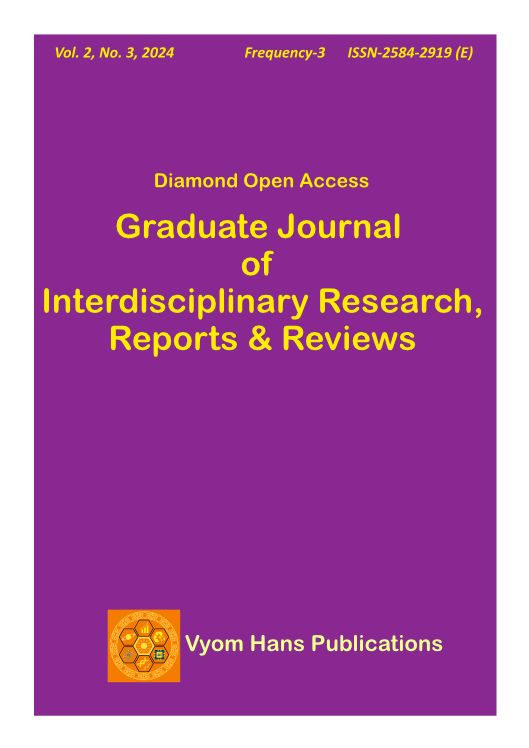Aspects of Energy Efficiency and Execution of Modern Technologies for Achieving Net Zero
Keywords:
Netzero emissions, Energy efficiency, Energy security, Hybrid Renewable Energy Generation SystemAbstract
The energy efficiency and conversion technologies play a vital role for achieving net zero emission as well as environmental sustainability. As our nation and industries attempt to mollify the influence of weather trade, the optimizing the power usage and transition to purifier assets has predominant. Energy performance measures a spectrum of strategies to reduce the electricity consumption as well as easy behavioural modification to advance technology solution. The mission not only for lower green house fuel emission and also the development of energy conversion technologies which are very crucial for decarbonisation energy system via allowing the hybridisation of renewable energy sources such as solar, wind, biomass and hydroelectric power. For innovation in hybrid renewable energy storage system like smart grids, electrification ,batteries and other storage technologies allow to the storage of excess energy generation during peak production time. The transition to net zero is a holistic method that considers not only cost effective technological improvement but also policy frame work as well as financial incentives and public engagement strategies to accelerate the adoption at scale. So we conclude that the race for achieving net zero is not an assignment, however it has a possibility to transform our energy landscape into the cleaner one for our future generation.
Keywords: Netzero emissions; Energy efficiency; Energy security; Hybrid Renewable Energy Generation system.
Downloads
Publication Facts
Reviewer profiles N/A
Author statements
Indexed in
- Academic society
- Graduate Journal of Interdisciplinary Research, Reports & Reviews
- Publisher
- Vyom Hans Journals
References
Eon, R., & Lazarus, I. J. (2018). Energy-efficient building construction and embodied energy. Sustainability through energy-efficient buildings (pp. 1–20). CRC Press.
Mavrokapnidis, D., Mitropoulou, C. C., & Lagaros, N. D. (2019). Environmental assessment of cost-optimized structural systems in tall buildings. Journal of Building Engineering, 24, 100730. https://doi.org/10.1016/j.jobe.2019.100730
Hedman, Å., Rehman, H. U., Gabaldón, A., Bisello, A., Albert-Seifried, V., Zhang, X., Guarino, F., Grynning, S., Eicker, U., Neumann, H. M., et al. (2021). IEA EBC Annex 83 positive energy districts. Buildings, 11(2), 130. https://doi.org/10.3390/buildings11020130
Xiang, X., Ma, M., Ma, X., Chen, L., Cai, W., Feng, W., & Ma, Z. (2022). Historical decarbonization of global commercial building operations in the 21st century. Applied Energy, 322, 119401. https://doi.org/10.1016/j.apenergy.2022.119401
Sun, Y., Wilson, R., & Wu, Y. (2018). A review of transparent insulation material (TIM) for building energy saving and daylight comfort. Applied Energy, 226, 713–729. https://doi.org/10.1016/j.apenergy.2018.05.086
Downloads
Published
How to Cite
License
Copyright (c) 2024 Debdutta Mandal, Subhasis Roy, Jyoti Bhattacharjee, Debarati Mitra

This work is licensed under a Creative Commons Attribution 4.0 International License.
Articles in the Graduate Journal of Interdisciplinary Research, Reports and Reviews (Grad. J. InteR3) by Vyom Hans Publications are published and licensed under a Creative Commons Attribution- CC-BY 4.0 International License.
Funding data
-
Ministry of Education, India
Grant numbers MoE-STARS/STARS-2/2023-0175





